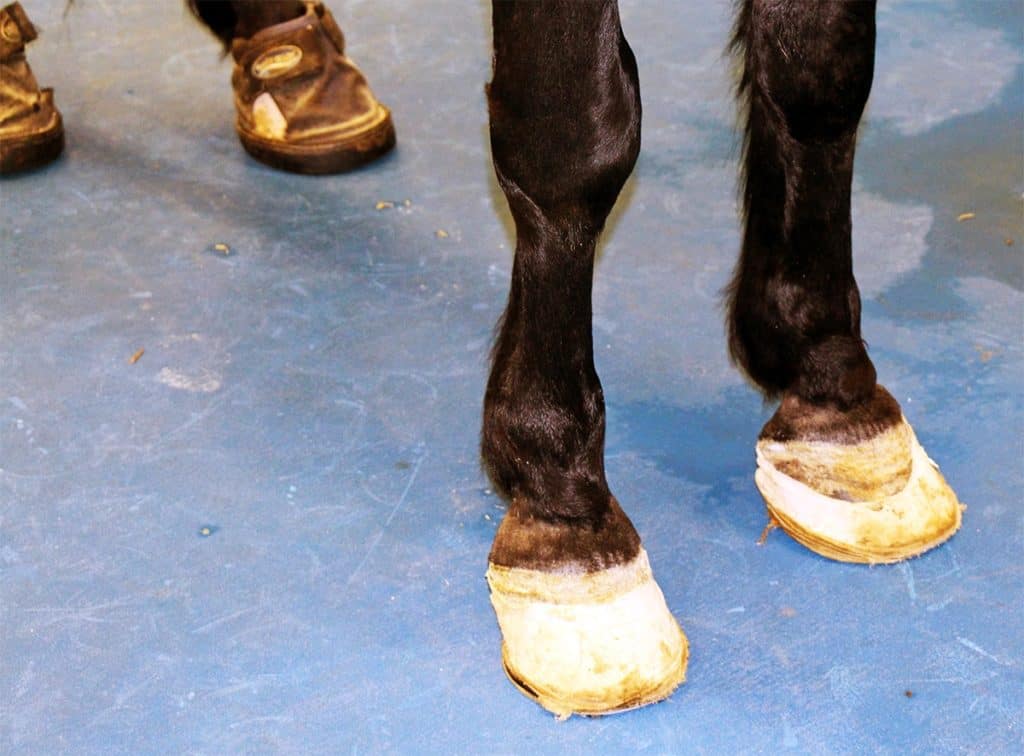
Which Horse Bedding Harbors the Least Bacteria?
Researchers found that, of the beddings tested, pine shavings were most effective at inhibiting bacterial growth.

Researchers found that, of the beddings tested, pine shavings were most effective at inhibiting bacterial growth.

A farrier shares ways he addresses issues in the caudal aspect of the horse’s foot.

PET scans revealed lesions in bony and soft tissue, some of which weren’t visible on other imaging modalities.

Learn about the intricacies of treating and shoeing horses with white line disease.

Researching wild and feral horse hooves helps us better understand domestic horse hoof health.

Many navicular horses have benefited from bisphosphonate treatment, but some questions remain about these medications.

Taking multiple radiographic views–both weight-bearing and not–allows vets to assess the findings most accurately.

Researchers have made great strides in understanding laminitis, but it remains a difficult disease to predict and treat.

A British veterinarian describes what scientists think happens in the body with endocrinopathic laminitis cases and why.

The good news is that many of the laminitis risk factors researchers identified can be detected early and modified.

View videos on vision, fear, the hoof, assessing the foal after birth, EIPH, trimming old horses’ hooves, and more.

Popular topics included body condition, bisphosphonates, horse identification, hoof problems, deworming, and more.

Articles on behavior and equitation science, wound care, laminitis, beet pulp, hoof care, and more were popular in 2016.
Van Eps’ research focuses on understanding, preventing, and treating laminitis and other musculoskeletal diseases.

Top tweets and take-homes from sessions on PSSM, laminitis studies, equine tongue tumors, and more!

Canker is a chronic and painful infection of the frog of the hoof. Learn how veterinarians treat and prevent it.
Stay on top of the most recent Horse Health news with
"*" indicates required fields